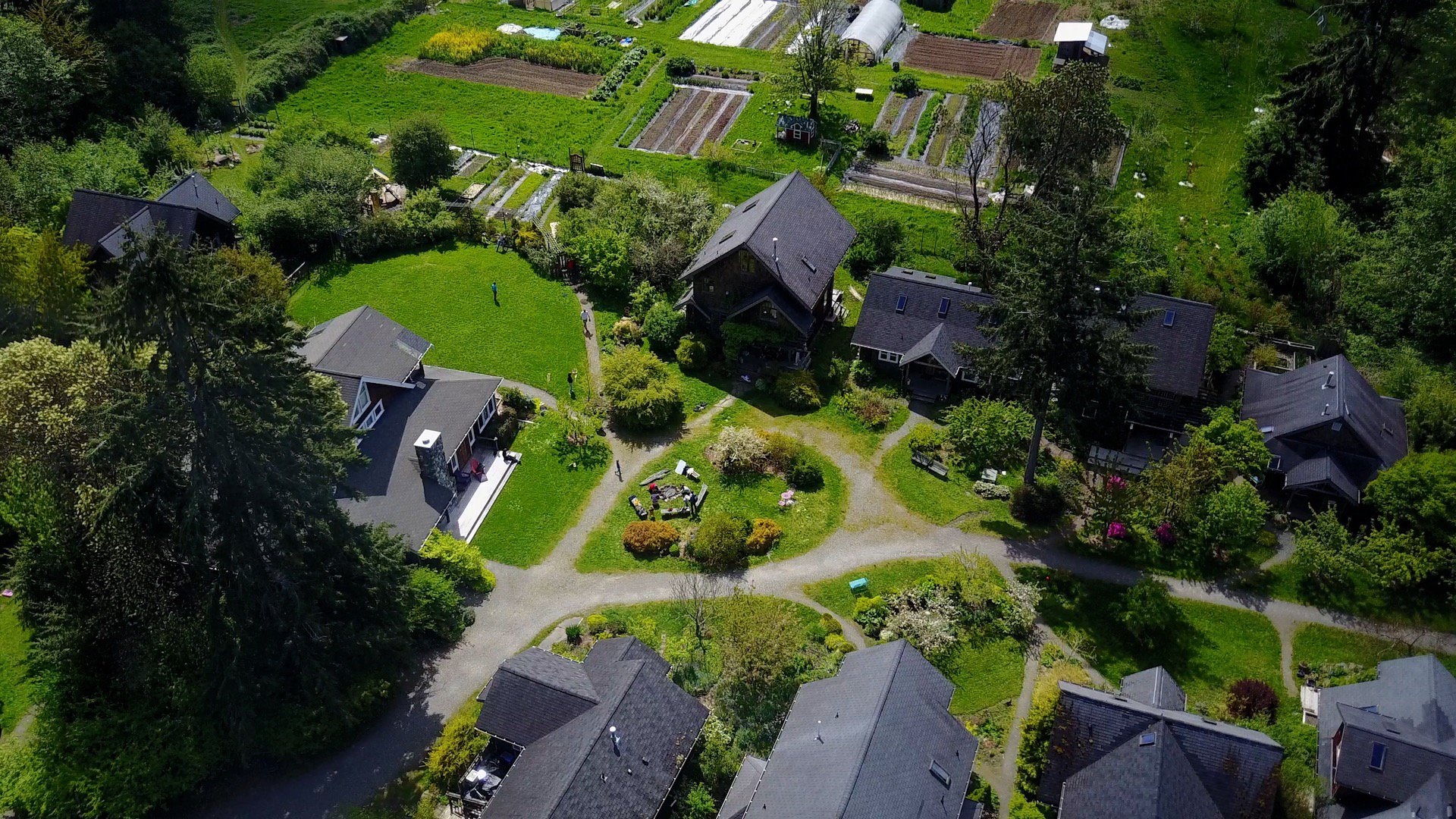Adults who are more socially connected are healthier and live longer than their more isolated peers, and social disconnectedness and perceived isolation seem to be independently associated with lower levels of self-rated physical health.
However, many of us find it gets increasingly difficult to maintain a sense of connectedness. Marla Paul describes the problem well in her book The Friendship Crisis. “Simply put, we’re on our own more often now. The old structures don’t function the way they used to. We hurdle through life and don’t have time to get to know the people on our block. Many of us are flung far from parents, siblings, and cousins. Work friendships fracture as companies slash budgets and employees, and more people are isolated in home offices as telecommuters or in home-based businesses. Even marriage is a wobbly source of both companionship and social webbing. … Clearly, we need to craft our own tribes.”
Cohousing is an answer to this need for social webbing. Originating in Denmark in the 1960s, cohousing has become popular in both Europe and the United States over the past two decades. Nearly 200 cohousing communities exist in the United States today, ranging in size and shape but nearly all premised on the belief that people are happier, healthier and more resilient if they live in community.
Don’t take our word for it:
- The New York Times – Modern Housing With Village Virtues (with a cameo from someone raised in Vashon Cohousing!)
- The origins of cohousing.
- Cohousing: The secret to sustainable urban living?
